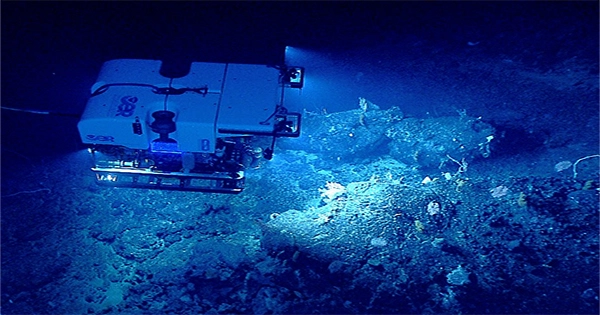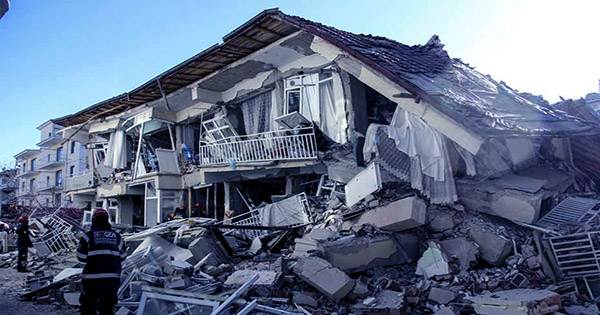A multinational team of researchers discovered evidence of a large tsunami striking Egypt 500 years ago at the bottom of the Red Sea, indicating that the region is at risk of a tsunami. Deepwater investigations at the mouth of the Gulf of Aqaba, the Red Sea’s eastern branch, made the finding feasible. This was part of a mission for OceanX. Professor Sam Purkis, the primary research author, discovered fissures in the seabed at a depth of around 900 meters (about 3,000 feet). Geologically, the region is active.
The Red Sea was formed some 30 million years ago when the Arabian and African tectonic plates separated. While the discovery, which was published in Geophysical Research Letters, was absolutely plausible, it was nevertheless shocking. “I recognized right away that what we were seeing was the consequence of some geological force breaking the seafloor,” Purkis, of the University of Miami, said in a statement.
Purkis and a colleague used the OceanXplorer research vessel’s submersible to gather samples from the chasm in order to learn more about the history of the underwater crack. According to the rock samples, the fracture was produced 500 years ago by an underwater landslide. Tsunamis are known to be caused by these occurrences, and sediments obtained north of the seabed crack backed up this theory. According to models, the wave triggered by the landslide may have been as high as 10 meters (33 ft).
“Just a small tremor in the wrong area may cause the entire wall to collapse, resulting in a considerably greater tsunami than the one that occurred 500 years ago,” Purkis said. “Those parts of Egypt, as well as Saudi Arabia, that are fast urbanizing, have specific threats that haven’t been identified earlier, but they must be in order to avert a future tragedy.”
Because there are no historical records of the tsunami, no one knows if it was indeed that large or if it affected anyone living in the region five centuries ago. The scenario would be substantially different — and far more deadly – if the tsunami struck today. In today’s world, the area is more densely inhabited, and it will continue to be so in the future. The beach city of Sharm El Sheik, for example, is a well-known tourist attraction not far from where the landslide occurred. There’s also NEOM’s next project, The Line, a 170-kilometer-long (100-mile) metropolis in Saudi Arabia powered entirely by renewables. This megaproject’s coastal zones might be threatened by such a tsunami. This trip was sponsored by NEOM.
















